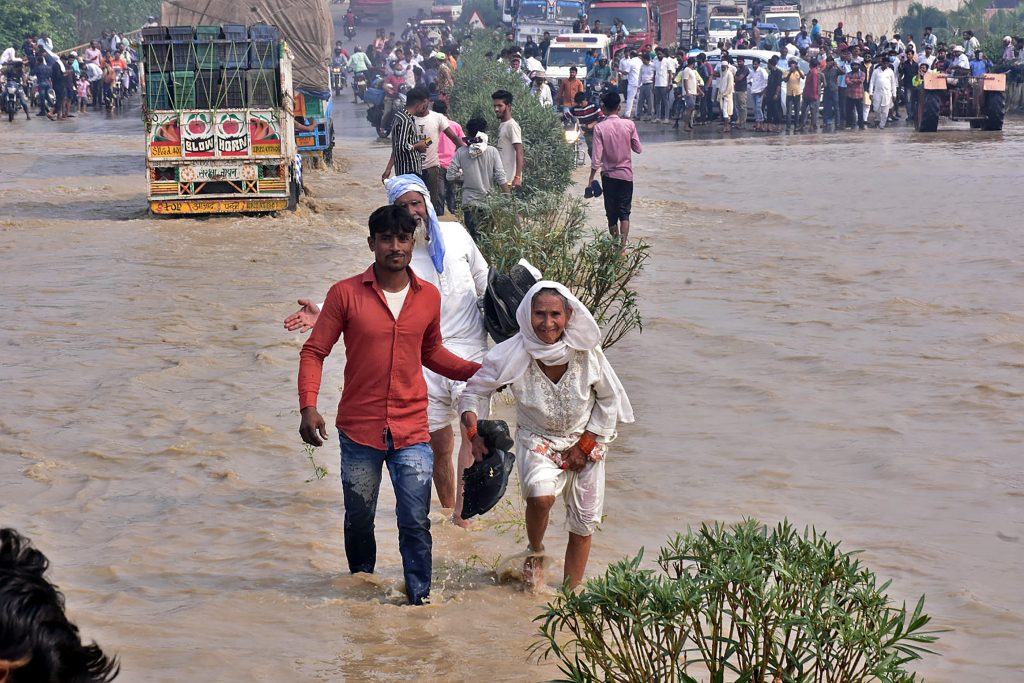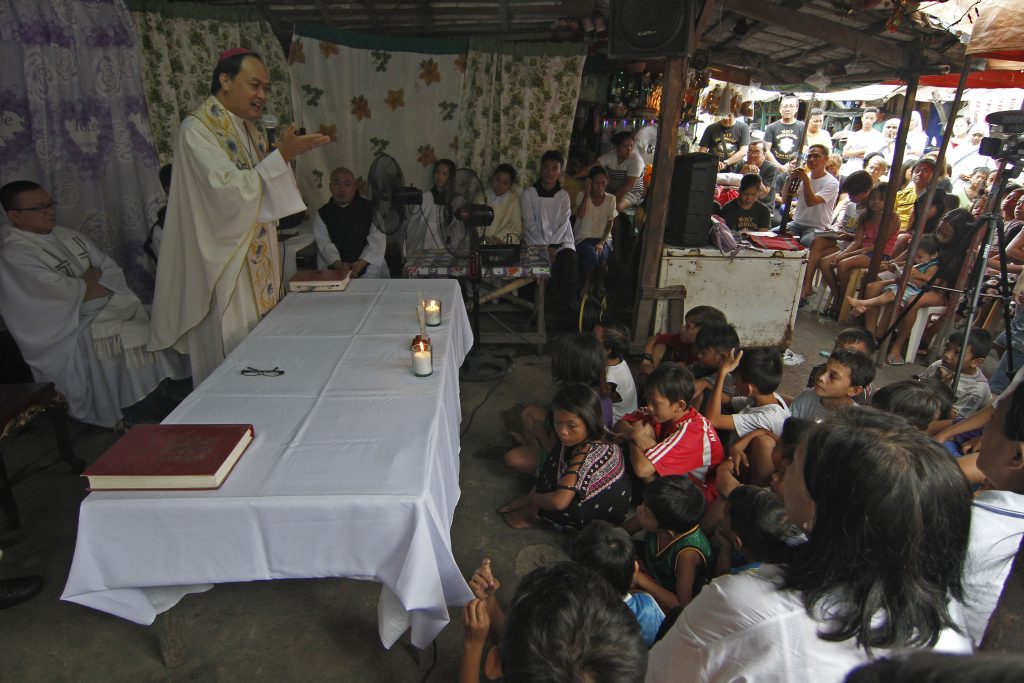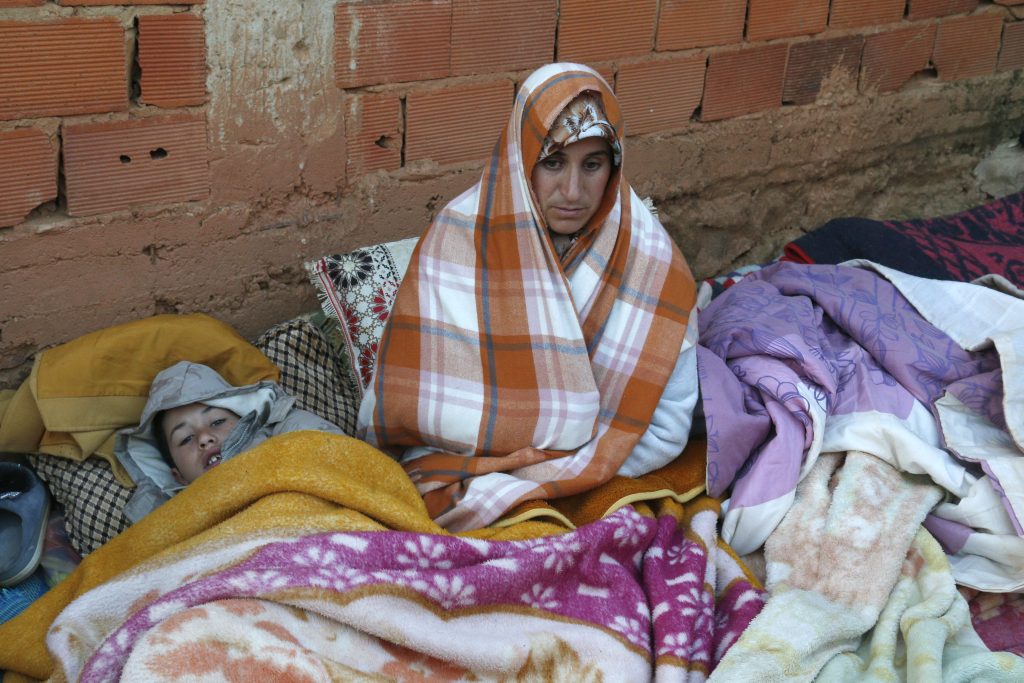
The death toll from days of flooding and landslides in India and Nepal crossed 100 on Wednesday, including several families swept away or crushed in their homes by avalanches of mud and rocks.
Experts say that they were victims of ever-more unpredictable and extreme weather across South Asia in recent years caused by climate change and exacerbated by deforestation, damming and excessive development.
In Uttarakhand in northern India, officials said 46 people had died in recent days with 11 missing.
At least 30 were killed in seven separate incidents in Uttarakhand’s Nainital region early Tuesday, after cloudbursts — an ultra-intense deluge of rain — triggered landslides and destroyed several structures.
Five of the dead were from a single family whose house was buried by a massive landslide, local official Pradeep Jain told AFP.
Authorities ordered the closure of schools and banned all religious and tourist activities in the state.
Television footage and social media videos showed residents wading through knee-deep water near Nainital lake, a tourist hotspot, and the Ganges bursting its banks in Rishikesh.
The floods almost swept away an elephant near the Corbett Tiger Reserve — home to 164 of the big cats and 600 elephants — but in a video that went viral, the animal managed to battle the strong currents and swim to safety.
Uttarakhand reported 178.4 mm rain in the first 18 days of October — almost 500 percent more than the average, the Hindustan Times reported citing Indian Meteorological Department data.
And the state’s Mukteshwar area reported 340.8 mm rainfall in the 24 hours until Tuesday morning, the most since the weather station was set up there in 1897, the newspaper said.
The Indian Meteorological Department forecast a “significant reduction” in rainfall in the state from Wednesday.
Deadly landslides
In Nepal, 31 were reported dead after days of heavy rains across the country.
Disaster management official Humkala Pandey said that 43 others were still missing.
“It’s still raining in many places… The death toll could go up further,” she added.
In the eastern district of Dhankuta, a landslide buried a house overnight, killing six people including three children.
Swelling rivers flooded homes in several districts, damaging roads and bridges and reportedly destroying crops.
Landslides are a regular danger in the Himalayan region, but experts say they are becoming more common as rains become increasingly erratic and glaciers melt.
Experts also blame deforestation and the construction of hydroelectric dams.
In February, a ferocious flash flood hurtled down a remote valley in Uttarakhand, killing around 200 people. At least 5,700 people perished there in 2013.
The state has reported over 7,750 extreme rainfall events and cloudbursts since 2015 — a majority of them in the last three years.
Heavy rain in Kerala
In Kerala state in southern India, the death toll reached 39 on Wednesday.
The coastal state has been battered by heavy rain since Friday and thousands have been moved to safer locations. More than 200 homes were destroyed and almost 1,400 damaged.
Kerala has also seen an increase in natural disasters, including in 2018 when nearly 500 people perished in the worst flooding in a century.
Environmentalists blame an increase in extreme weather in the warming Arabian Sea as well as excessive development in the Western Ghats mountain range.
After a brief respite, forecasters are warning of more heavy rain in the coming days with alerts issued in several places in Kerala.
Those killed over the weekend included six members of the same family after a landslide buried their house.
Shutters on at least three dams across the state were opened Tuesday including Idukki, one of Asia’s biggest, though State Electricity Board chairman B. Ashok said “there was no need to panic.”
Source: Licas Philippines






0 Comments